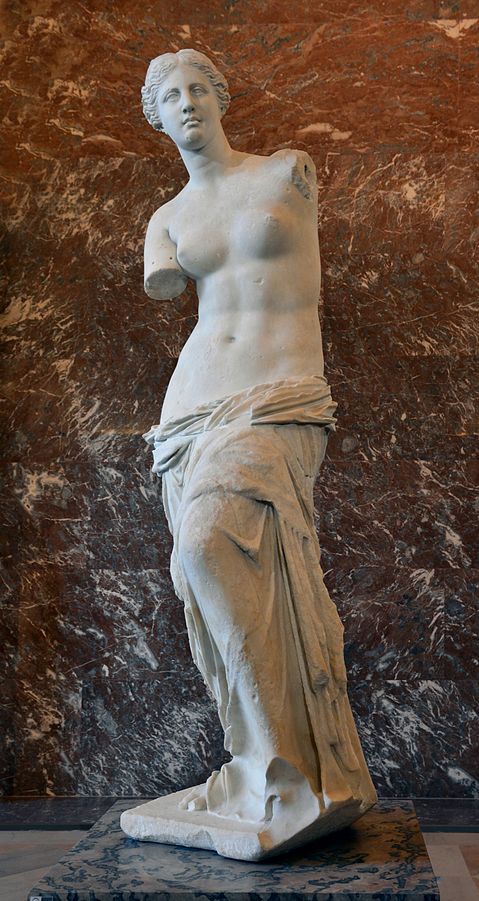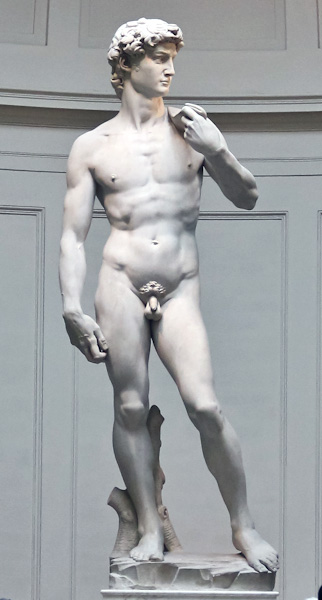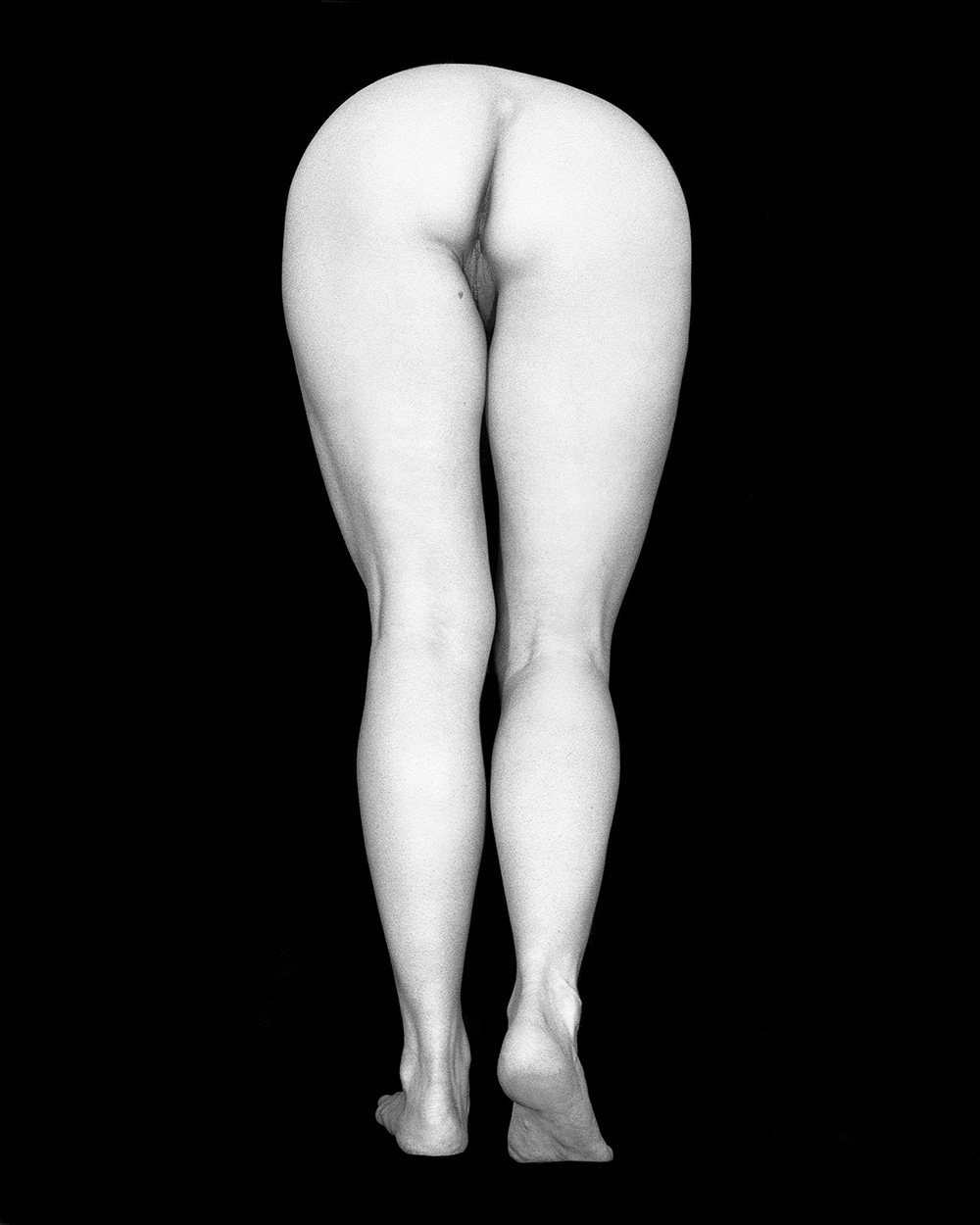The nude marble sculptures from Ancient Greece and the Renaissance are widely admired. Carved from white marble and accurately proportioned they emphasize shape and form through the lack of color. Many credit the Greeks with excellent taste for developing this classical style.
But we now know that the origin of this style in ancient Greece is a modern myth: the Greeks painted and decorated their marble buildings and sculptures with bright colors. The colors have been removed through centuries of neglect, pollution, and misguided cleanings.
And in all of these sculptures, there’s something missing, something not quite accurate. No vulvas. It’s as if women don’t have genitals. Men on the other hand clearly do; penises are frequently front and center, hanging out for all to see.
 |
 |
For the most part, modern artists, just as their ancient counterparts, still shy away from depicting female nudes accurately. For some reason, the vulva is usually obscured or hidden, sometimes by draping or a strategically placed arm or leg.
I don’t know why this is. Some artists say that they want to emphasize beauty and form over sexuality. Some fear being associated with pornography. Some critics claim that it represents a suppression of female sexuality; that male artists fear the sexuality of women.
Marble is a modern photographic take on these smooth, flowing, colorless, sculptures.
The brilliant white, texture free skin is inherited, as if these are images of those ancient marble sculptures. The poses, however, are modern, sometimes whimsical instead of heroic, separating these images from the ancient sculptures.
And these are accurate images of complete, fully formed women. The images are not coyly posed nor are shadows strategically placed. Female sexuality is not hidden. Unlike most ancient sculptures and most modern art, the women in these images have vulvas.

